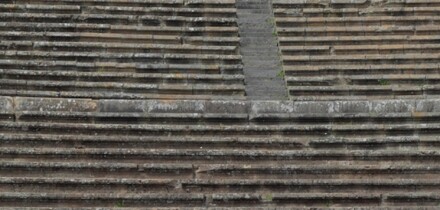Sanofi’s €3bn underlines deleveraging trend
French pharmaceutical Sanofi-Aventis is the latest borrower to cut back on the size of its credit facilities as strong cashflows allow borrowers across Europe to deleverage.
Unlock this article.
The content you are trying to view is exclusive to our subscribers.
To unlock this article:
- ✔ 4,000 annual insights
- ✔ 700+ notes and long-form analyses
- ✔ European securitization issuance database
- ✔ Daily newsletters across markets and asset classes
- ✔ 1 weekly securitization podcast






